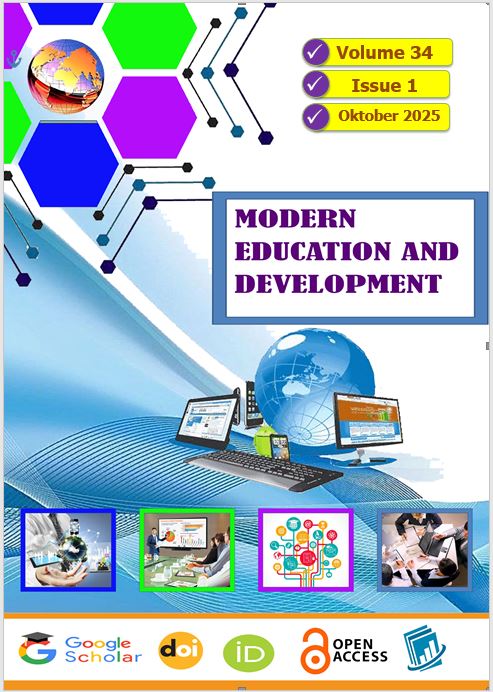BIODIVERSITY LOSS AND ITS IMPACT ON ECOLOGICAL SYSTEMS
Keywords:
Biodiversity, genetic diversity, ecotism, fauna, flora, poaching, biological resources, migration,Abstract
Biodiversity is the variety of all living organisms on Earth, including plants, animals, fungi, and microorganisms. It is divided into three main levels: 1. Genetic diversity - the genetic variation within a species (for example, different varieties of apples). 2. Species diversity - the variety of organisms in a given area or ecosystem (for example, birds, insects, trees in forests). 3. Ecosystem diversity - the variety of natural environments and ecosystems on Earth (for example, deserts, rainforests, seas, wetlands). Biodiversity is essential for the stability of ecosystems and human life. It provides food, medicine, oxygen, soil fertility, and natural resources. However, biodiversity is currently under threat from human activities - deforestation, pollution, and climate change are leading to the extinction of many species. Biodiversity is the variety of all living organisms on our planet and is essential for the stability of ecosystems and human life. If this diversity is reduced, ecosystems can fail, food chains can be disrupted, and environmental balance can be lost. If biodiversity is not protected, future generations may lose the opportunity to see many unique species.

